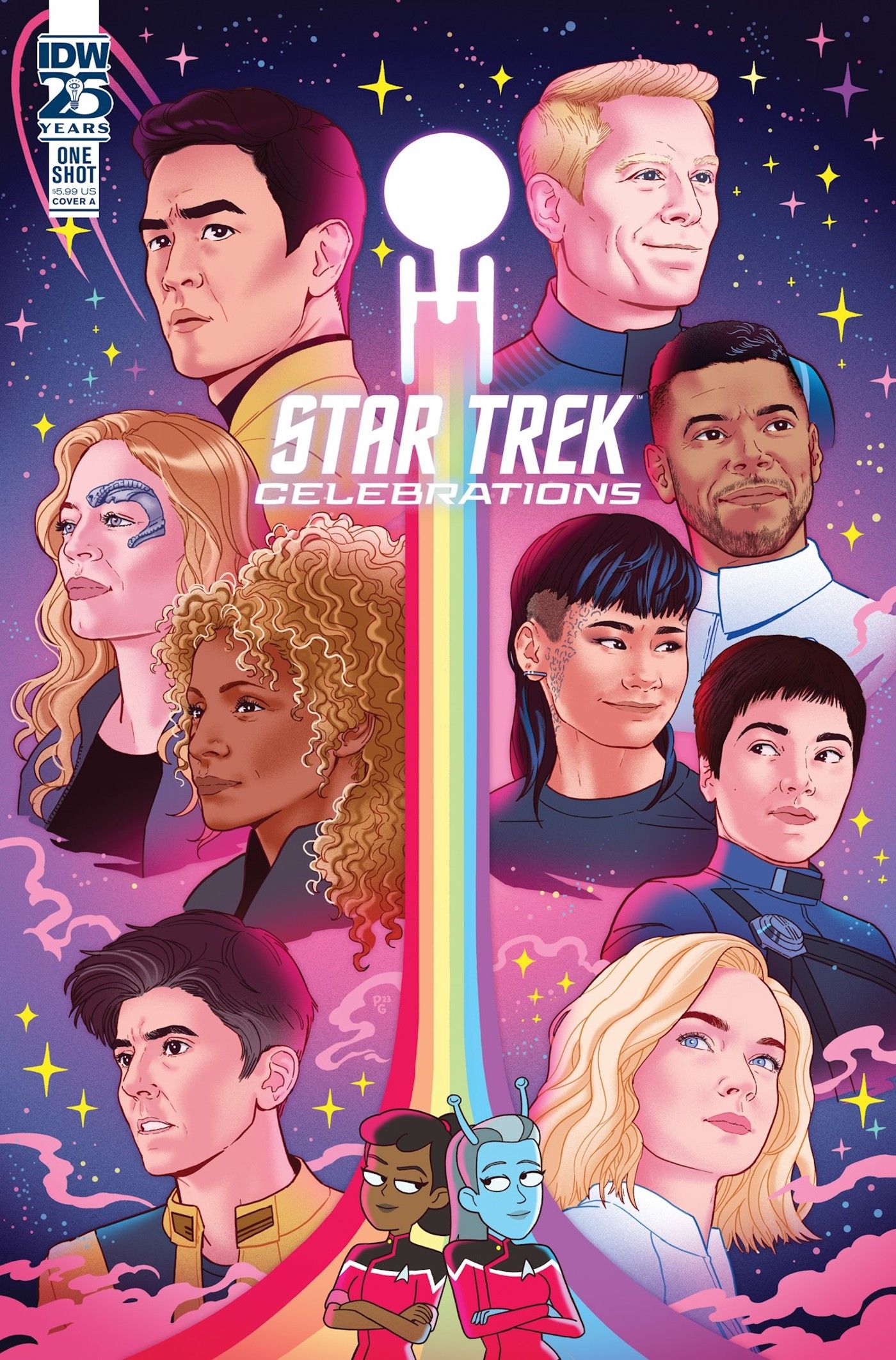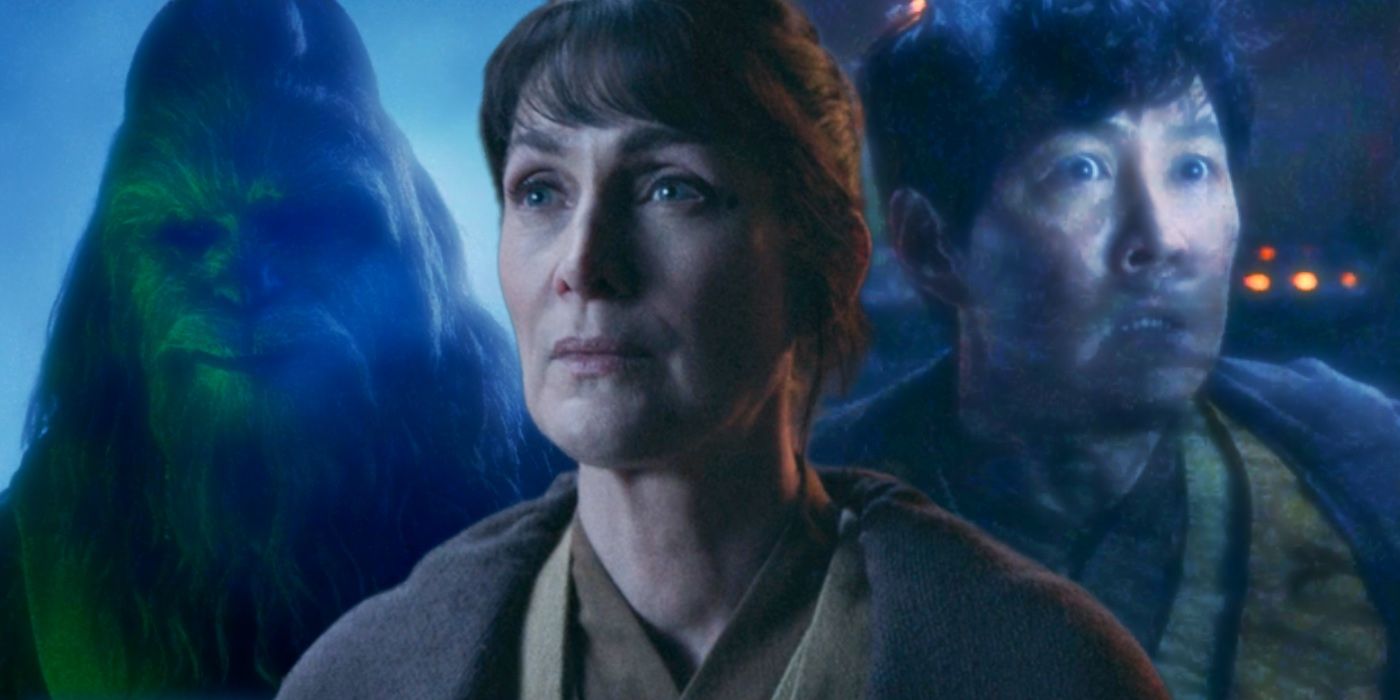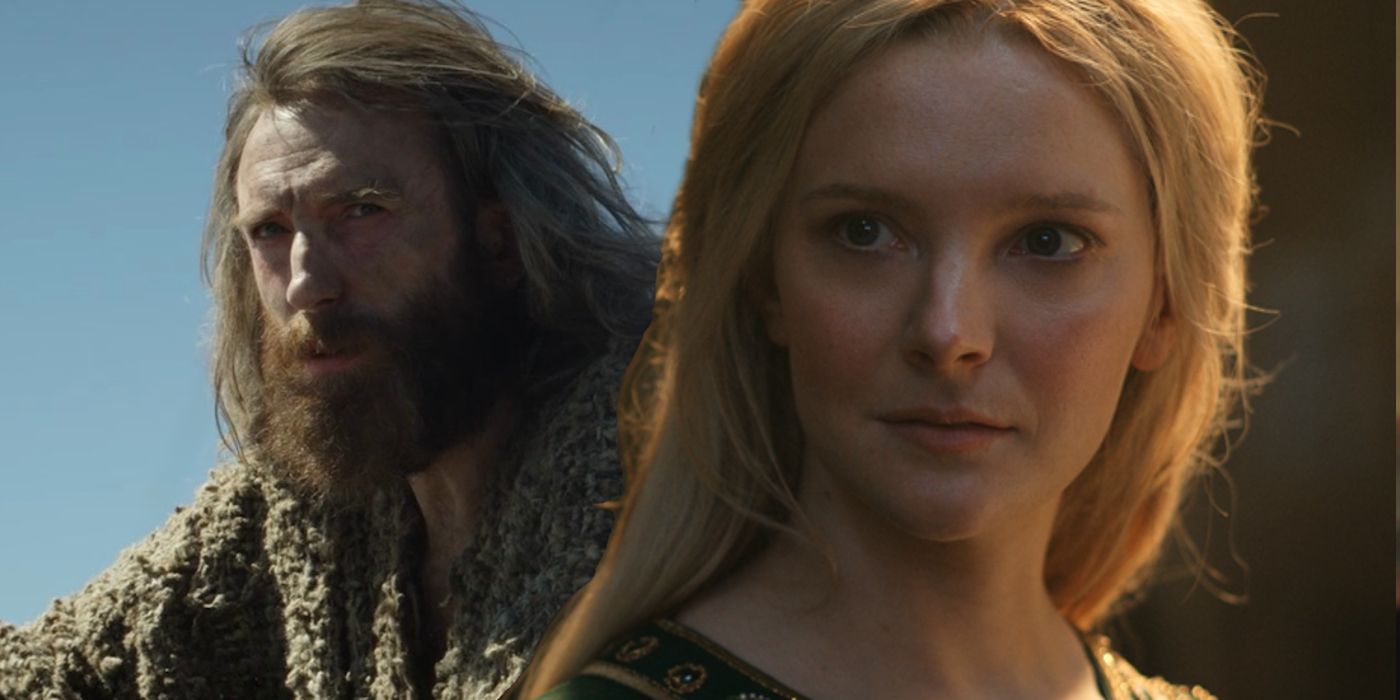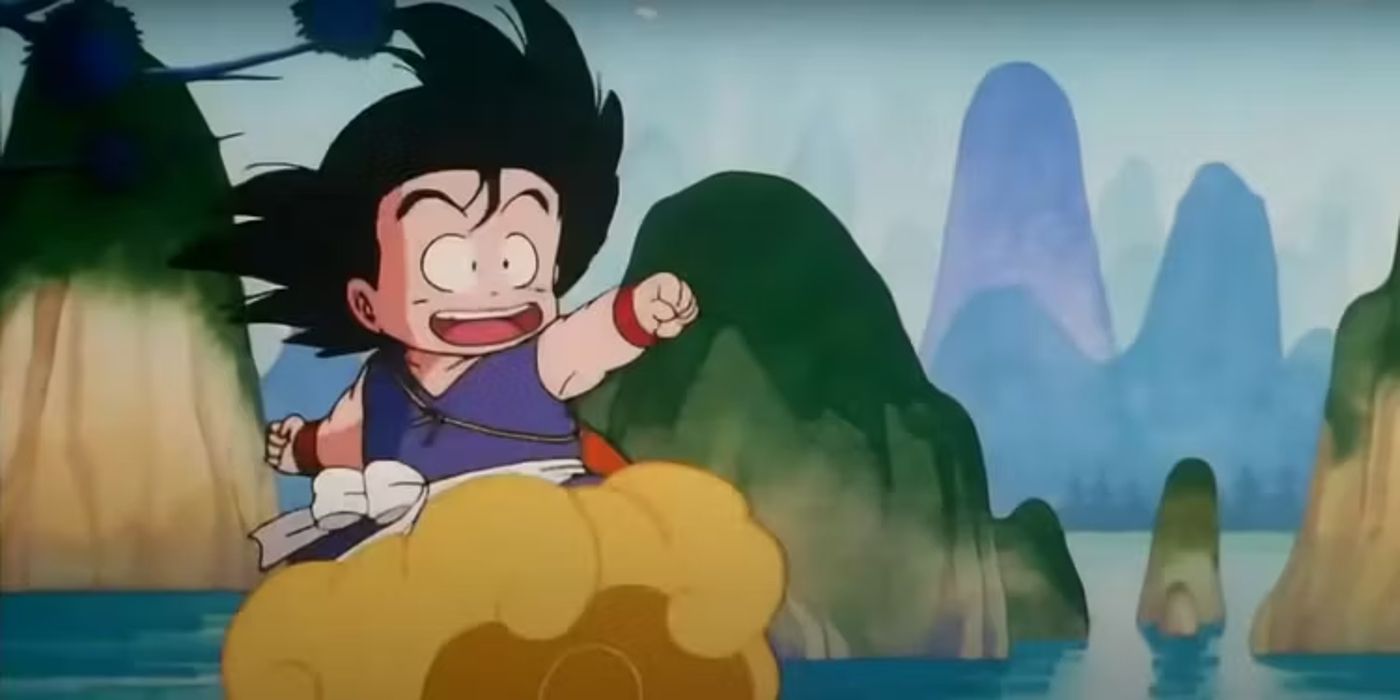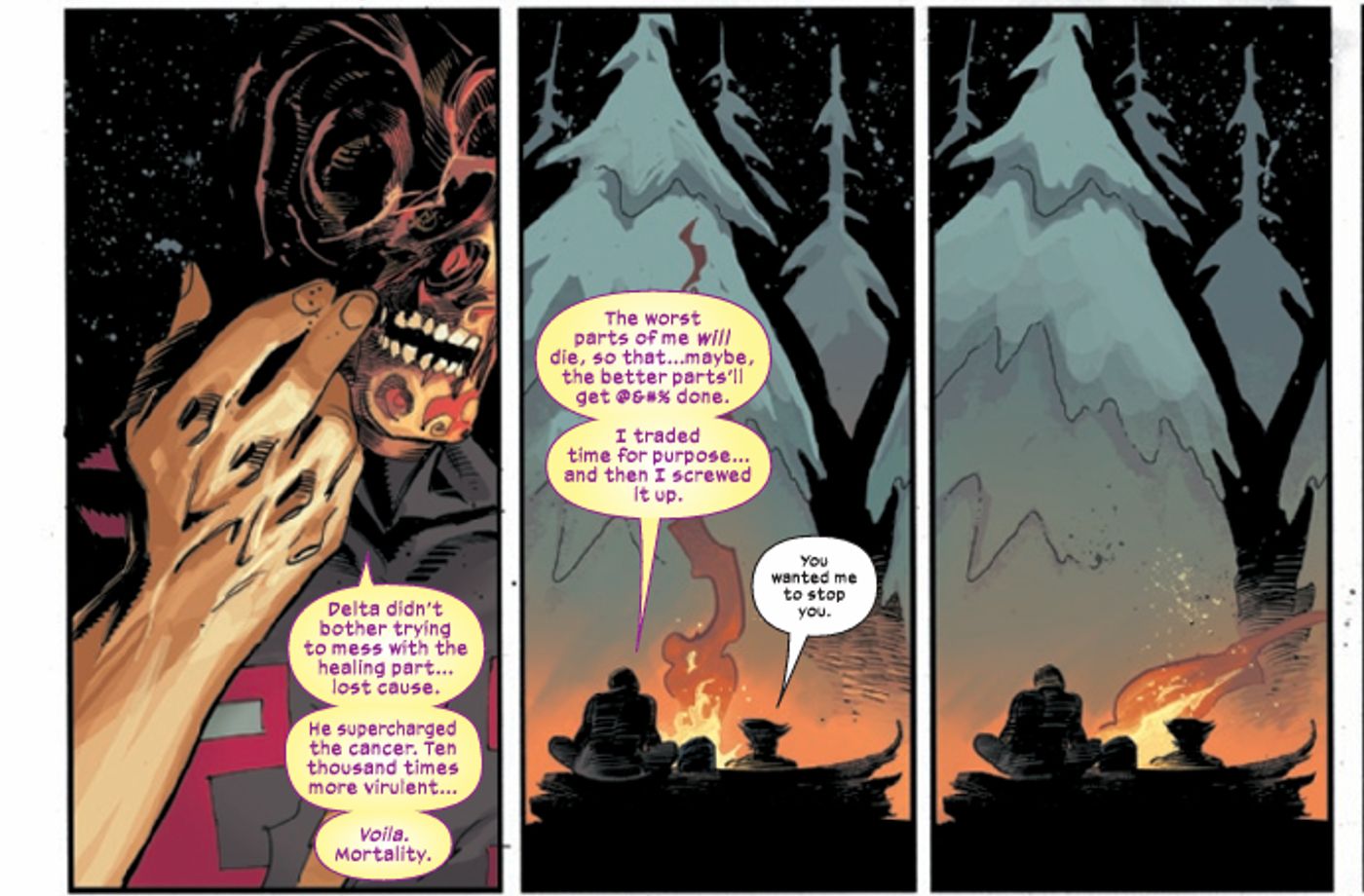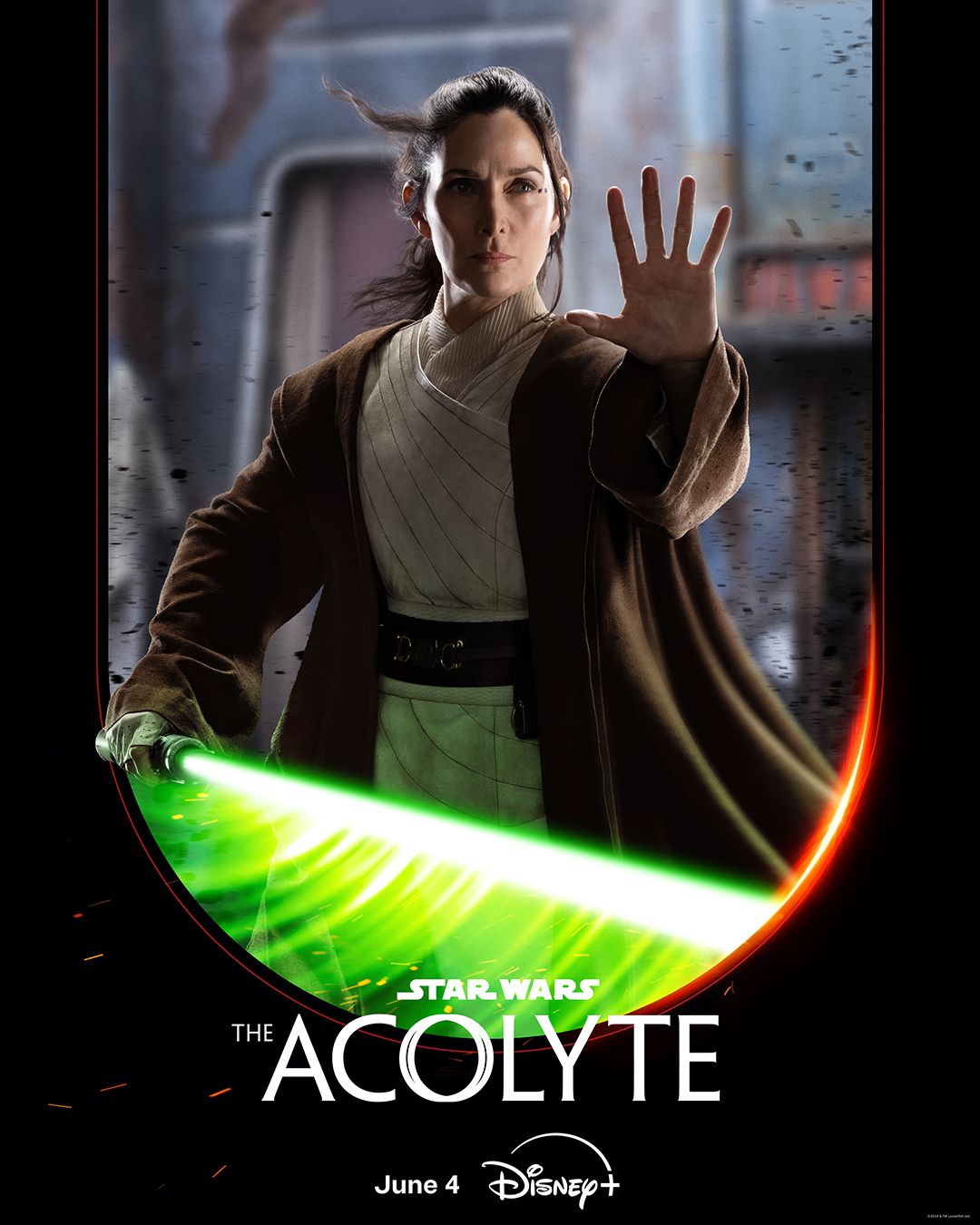Warning: contains spoilers for Star Trek Celebrations: Pride!
IDW’s new Star Trek Celebrations: Pride is a glorious celebration of the franchise’s various LGBTQIA+ characters. The Star Trek franchise is built upon the concepts of tolerance and an appreciation for diversity. Indeed, the franchise blazed a trail when it came to representation. This tradition continues into the current Star Trek media, stronger than ever. Star Trek Celebrations: Pride celebrates this tradition with all-new stories by today’s top talent.
Star Trek Celebration: Pride features stories by Steve Orlando, Vita Ayala, Mags Visaggio, Stephanie Williams and Hannah Rose May. The stories run the gauntlet of the Star Trek experience. The first story, “Errant Knight,” follows Kelvin Sulu as he attempts to free the crew, and be a family man. Some of the franchise’s lovebirds go on their first date in Celebrations: Pride: Raifi and Seven of Nine deal with snotty colleagues in “Lady Luck,” whereas Lower Decks’ Beckett Mariner and Jennifer have a rendezvous on Risa.
Other stories feature Nurse Chapel and Discovery’s Jet Reno and Paul Stamets.
Star Trek Paved the Way for Positive Representation on Television
Star Trek Showed Persons of Color In Positions of Power
Star Trek revolves around diversity and tolerance, showing an evolved humanity who has learned to celebrate their differences rather than fight over them. Star Trek creator Gene Roddenberry built diversity into the franchise from the beginning. Star Trek’s first pilot, “The Cage,” featured a woman in a position of power, something unheard of and several years ahead of its time. According to legend, viewers in the test audience took umbrage at a woman giving orders, but regardless, the concept of equality was off and running in the Star Trek franchise.
When Star Trek finally made it to television in 1966, it shattered the minds of American audiences by showing a Black woman, Uhura, as a competent and high-ranking officer. Actress Whoopi Goldberg, who herself would go on to appear on Star Trek, credits Uhura actress Nichelle Nichols as her inspiration, and Nichols’ performance even drew raves from Doctor Martin Luther King Jr. It continued this representation streak by introducing Sulu, a Japanese man, as well as a Russian, Chekov, at the height of the Cold War between America and the Soviet Union.
Star Trek Initially Dropped the Ball on Queer Representation
Star Trek: Deep Space Nine Broke The Mold
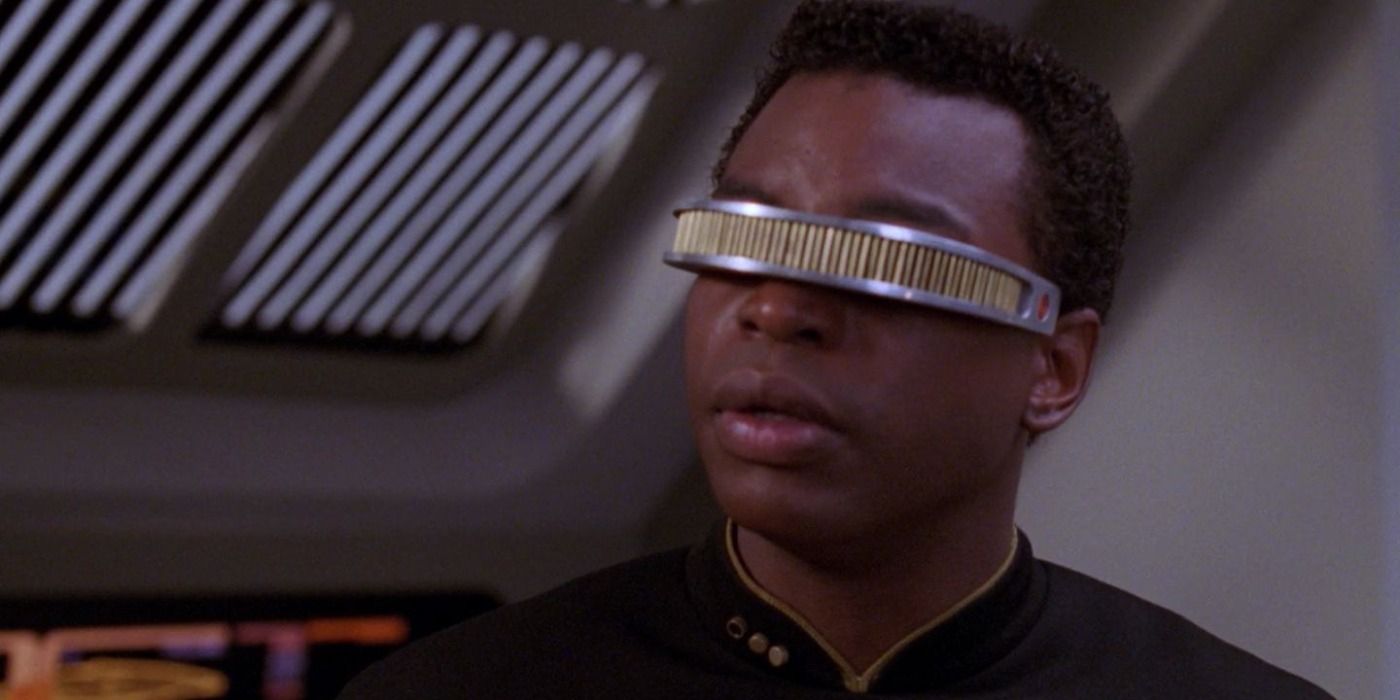
The premiere of Star Trek: The Next Generation in 1987 continued to blaze new paths in representation by introducing a blind person, Geordi La Forge, who would become an icon to the disabled community. Yet in many ways, The Next Generation dropped the ball on further attempts at representation, particularly in the LGBTQIA+ community. According to some sources, a first season Next Generation episode was set to explore gay life in the 24th century, but was dropped due to being perceived as “stereotypical.” Part of the franchise’s reluctance to embrace the LGBTQIA+ laid with executive producer Rick Berman.
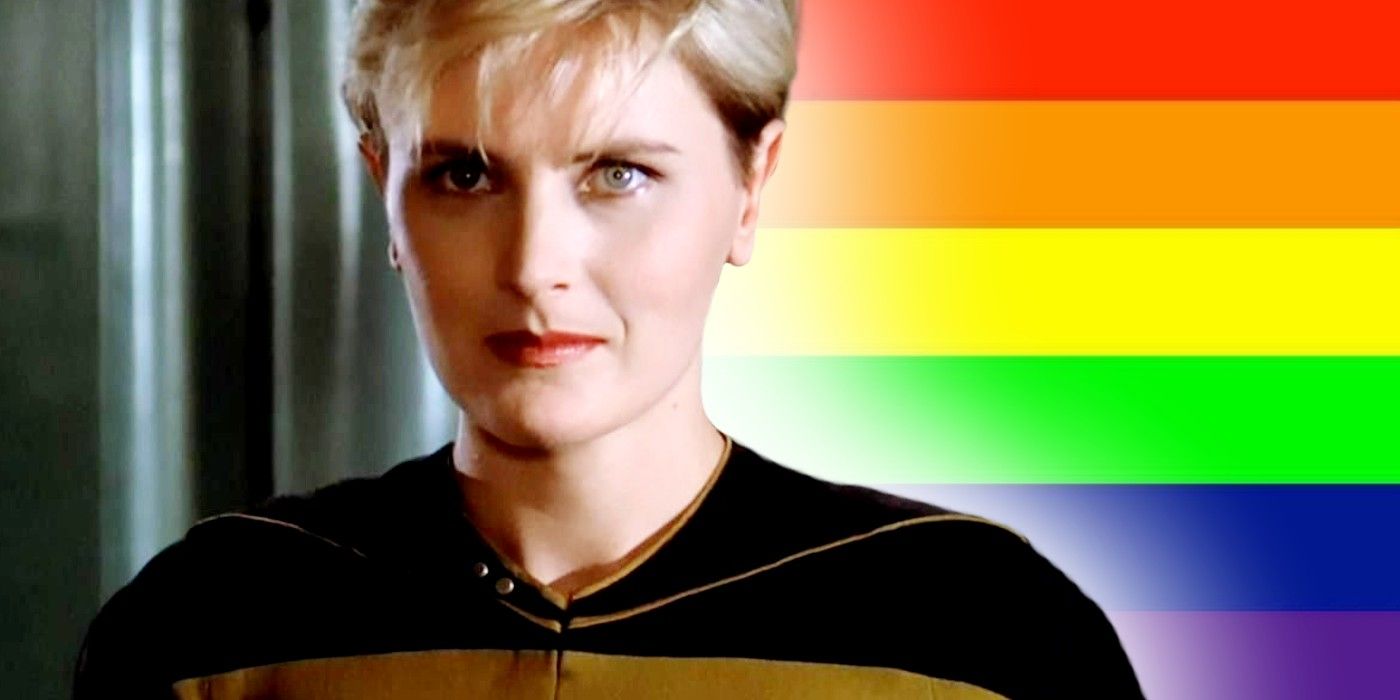
Related
Star Trek Confirmed Tasha Yar Is Queer with 1 Surprising Romance
Star Trek fans have long speculated that Tasha Yar was an early queer hero, and while it took decades, the franchise eventually agreed.
That did not stop Star Trek: The Next Generation from making attempts at telling LGBTQIA+ stories, such as the fifth season episode “The Outcast,” but these attempts were few and far between, again owing to Berman’s management. Fans clamored for years for a thoughtful gay character, but it never materialized. In 1993, Berman, along with Michael Piller, created Star Trek: Deep Space Nine. The first Trek show created without Roddenberry’s input, Deep Space Nine was a darker, more grounded take on the franchise, and also made its biggest inroads in representation for the queer community.
Star Trek: Deep Space Nine Secretly Queered Up the Franchise
Berman-Era Star Trek Was Still Behind the Times
Rick Berman was still very much in charge during Deep Space Nine’s seven-season tenure, meaning any attempts at introducing a gay character had to be coded. Garak, the Cardassian master-spy-turned-tailor, was coded to be bisexual, with a massive crush on Doctor Julian Bashir, another character of ambiguous sexuality. In several interviews, Garak actor Andrew Robinson said he played Garak as such. Jadzia Dax, the station’s Science Officer, was a member of the Trill species, and has become an icon for transgender Star Trek fans. Deep Space Nine explored the impact of a host changing genders in several episodes.
Although Star Trek: Voyager’s Seven of Nine was later revealed to be queer, her sexuality was never outright explored on the show, again thanks to Rick Berman. Likewise, Star Trek: Enterprise did not feature a gay character, despite growing pressure from fans. Other science fiction and fantasy franchises were introducing compelling LGBTQIA+ characters to great acclaim, but Star Trek had seemingly fallen behind the curve, ironic for a media property celebrating the Vulcan concept of Infinite Diversity in Infinite Combinations. Enterprise ended in 2005, and Trek still had no queer characters.
Star Trek’s First Gay Character Arrived on Its 50th Anniversary
The Decision to Turn Sulu Gay Was Controversial At The Time
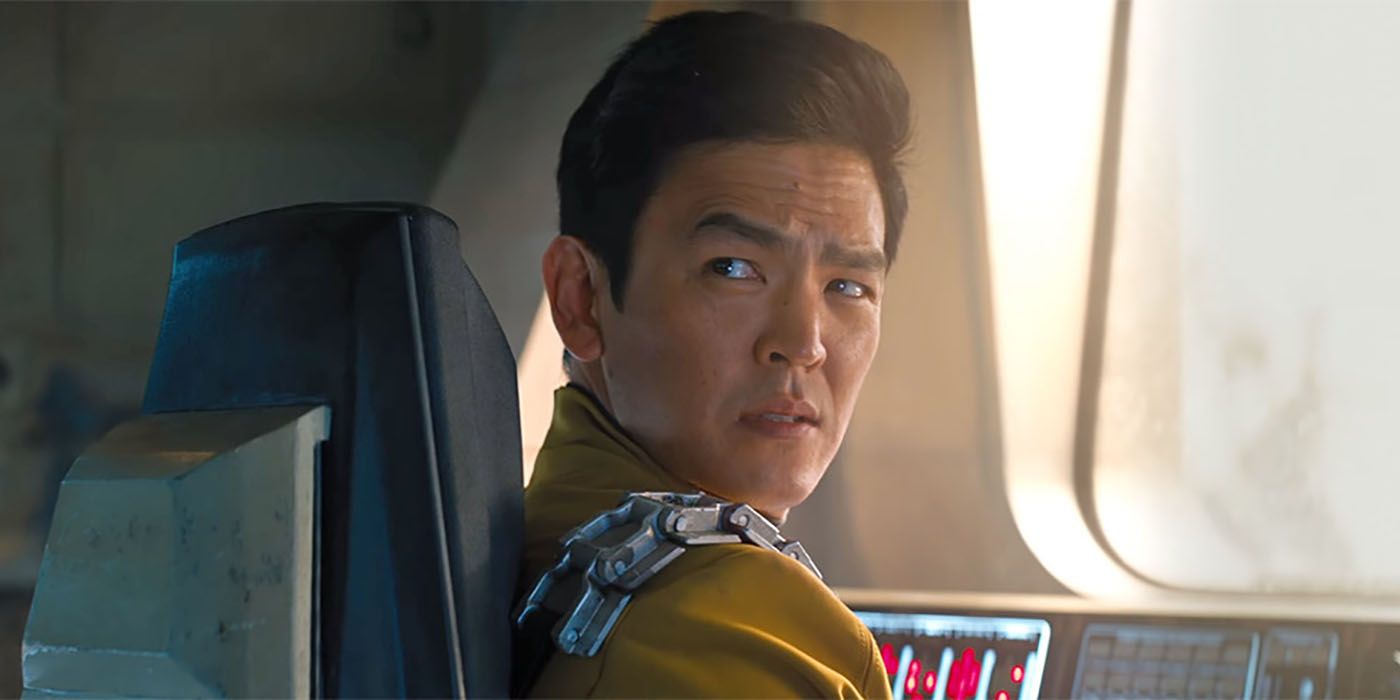
All of that changed in 2016 with the premiere of Star Trek: Beyond. The film, set in the “Kelvin” timeline created by JJ Abrams’ 2009 Star Trek, revealed Sulu to be gay, and in a relationship with a child. Turning Sulu gay was highly controversial, largely because the character had always been portrayed as hetero. It was done as a tribute to George Takei, the openly gay man who first brought Sulu to life. Takei himself weighed in on the controversy. Beyond co-writer Simon Pegg explained the change using techno-babble, but it was still contentious.
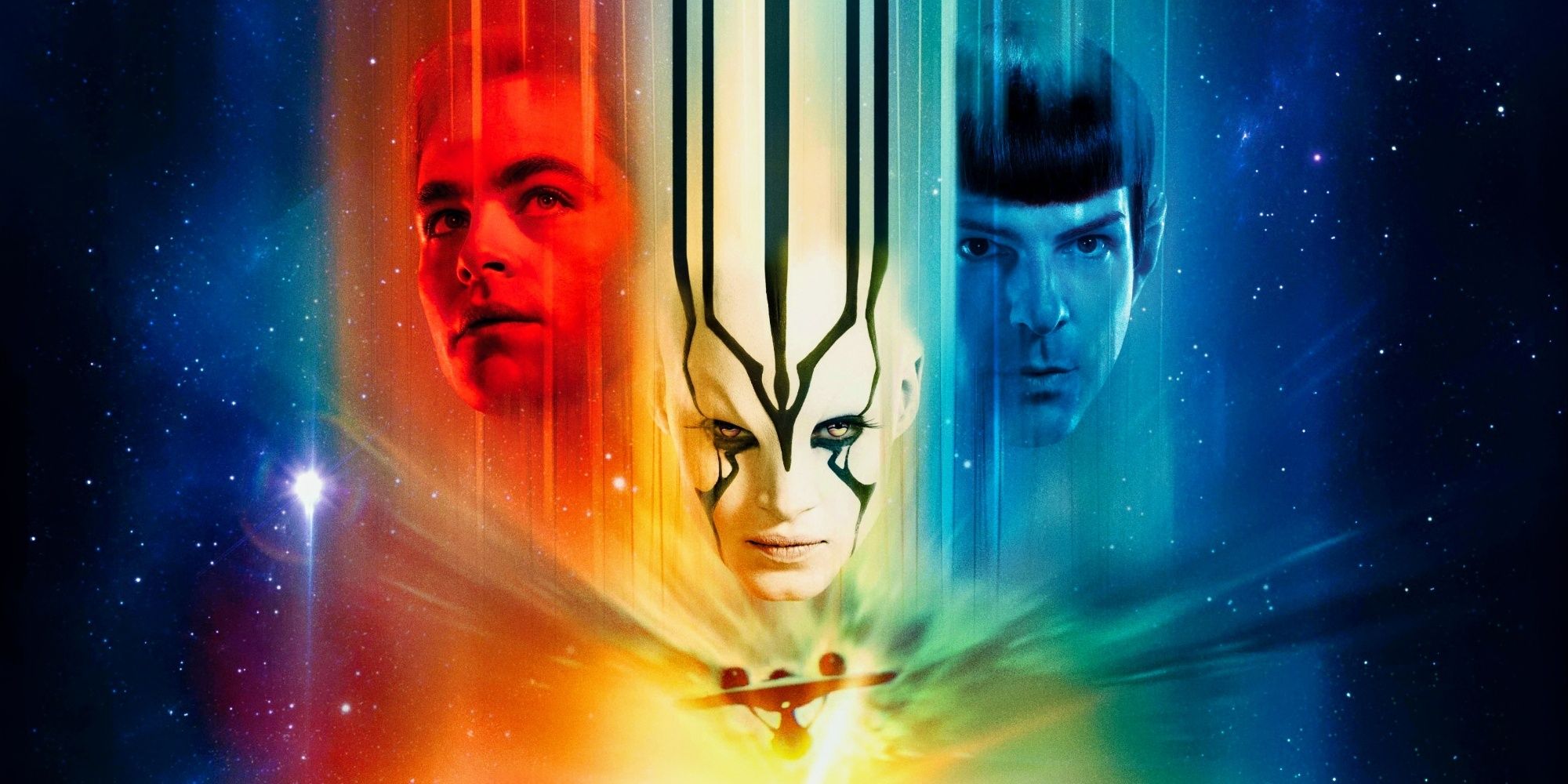
Related
Star Trek’s Kelvin Timeline Accomplished a Major Starfleet First
Star Trek’s Kelvin timeline changed the face of the franchise forever, and it also accomplished a major first, a century before the Prime timeline.
Furthermore, the Kelvin films are set in an alternate timeline distinct from the Prime Star Trek, which makes the canonicity of Sulu being gay even more muddled. The Kelvin films end with Beyond, leaving Sulu’s family life unexplored, and Star Trek Celebrations: Pride picks this thread up and crafts a fun and engaging story out of it. It proves that stories with a queer Sulu can work, and represents one of the Kelvin timelines many missed opportunities. It might seem that Star Trek once again dropped the ball on LGBTQIA+ representation.
Star Trek Returned With Discovery–And A Host of Queer Characters
Discovery, Lower Decks and Strange New Worlds Make Up For Berman Era Inadequacies
In 2017, Star Trek returned to television with the premiere of Star Trek: Discovery, which featured several queer characters. Among them were Engineer Paul Stamets and his husband, ship’s physician Doctor Hugh Culber. Jet Reno would join the ship in the show’s second season, and has been a presence on Discovery ever since. Discovery continued to break new ground in its third season, introducing the franchise’s first transgender and non-binary characters in Gray and Adira, respectively.
The current crop of Star Trek shows has made up for the franchise’s previous lack of representation. Star Trek: Lower Decks’ Beckett Mariner is pansexual, and was at one point in a relationship with the Andorian Jennifer. Despite getting off to a rocky start, the two became one of the show’s best couples, and Star Trek Celebrations: Pride shows their first date, as well as featuring them on a variant cover. Although no longer together, the two paved the way for better representation in the franchise. Nurse Chapel, of Strange New Worlds’, has been revealed as queer too.
Star Trek Presents a Hopeful View of Humanity, and the Future
IDW’s New Star Trek Anthology Honors Gene Roddenberry’s Vision
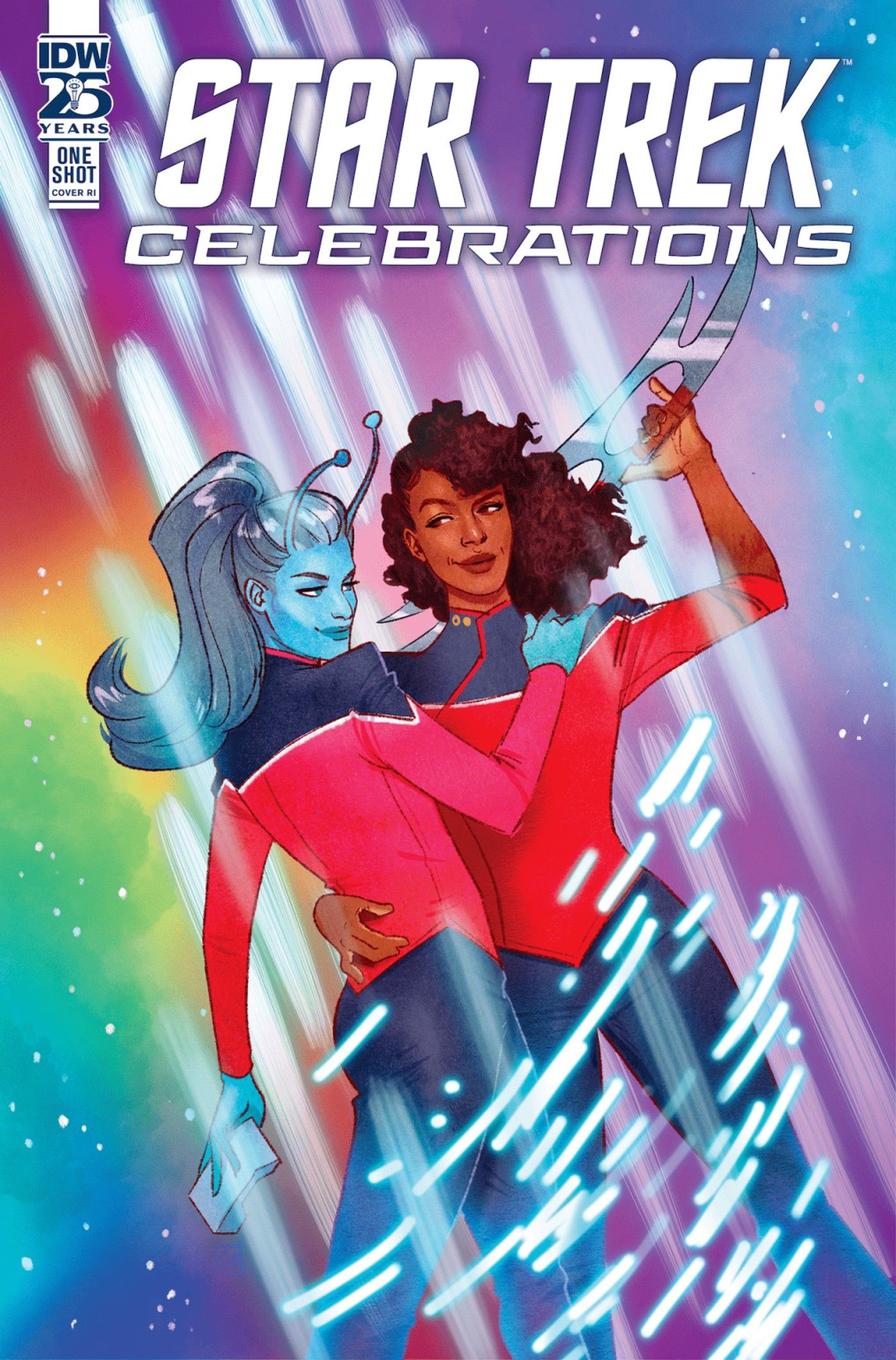
And now, Star Trek Celebrations: Pride celebrates all of them with excellent stories by top creators, some of whom are making their franchise debut. The creators in this anthology explore what it means to be queer in the Star Trek franchise. The stories are hopeful, keeping with the optimistic spirit that is also a hallmark of Star Trek. Although the franchise struggled with LGBTQIA+ representation for years, it has since made bold strides forward, and Star Trek Celebrations: Pride brings them together for one of the year’s most memorable Pride specials.
Star Trek Celebrations: Pride is on sale now from IDW Publishing!
Star Trek Celebrations: Pride (2024) | |
|---|---|
|
|
